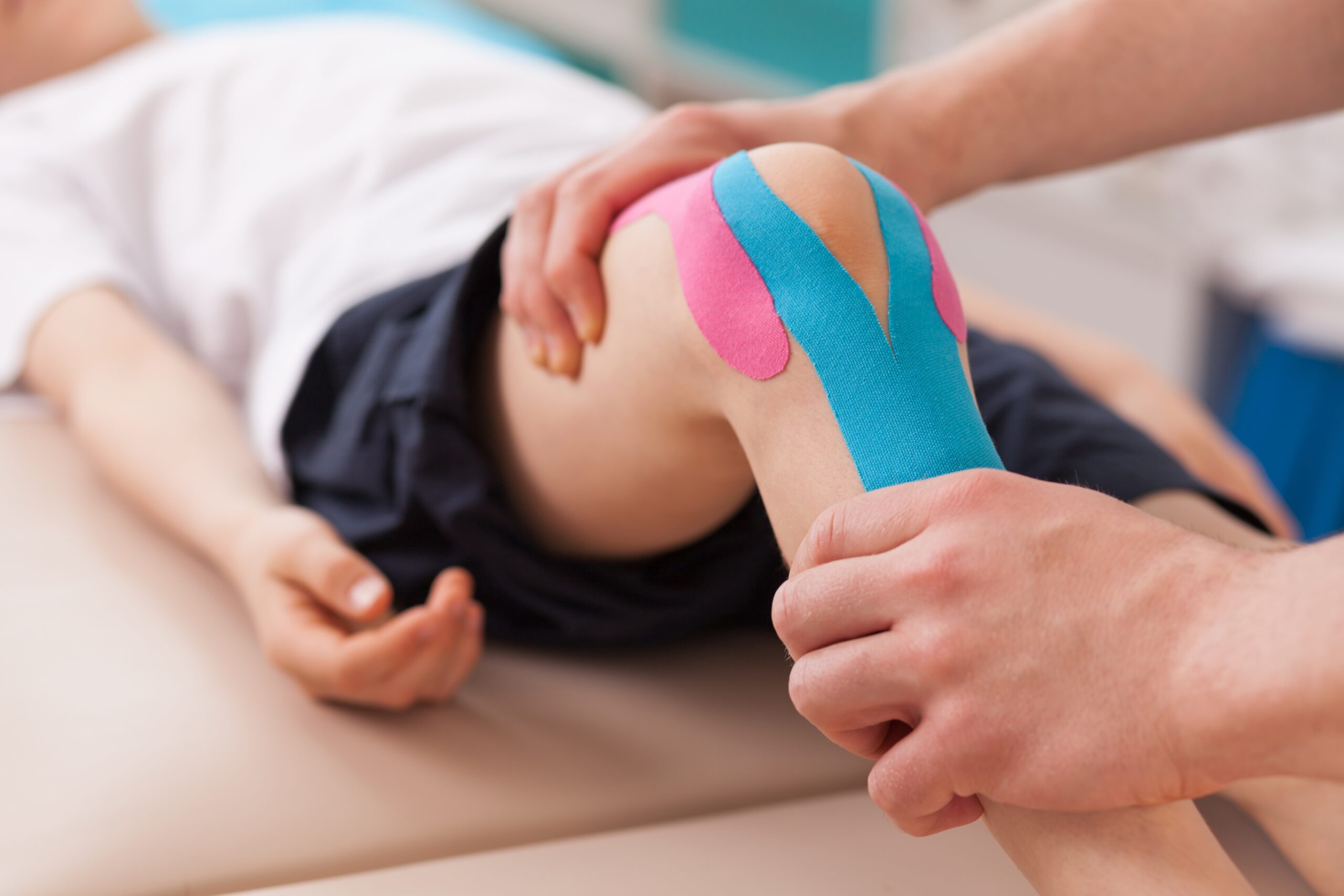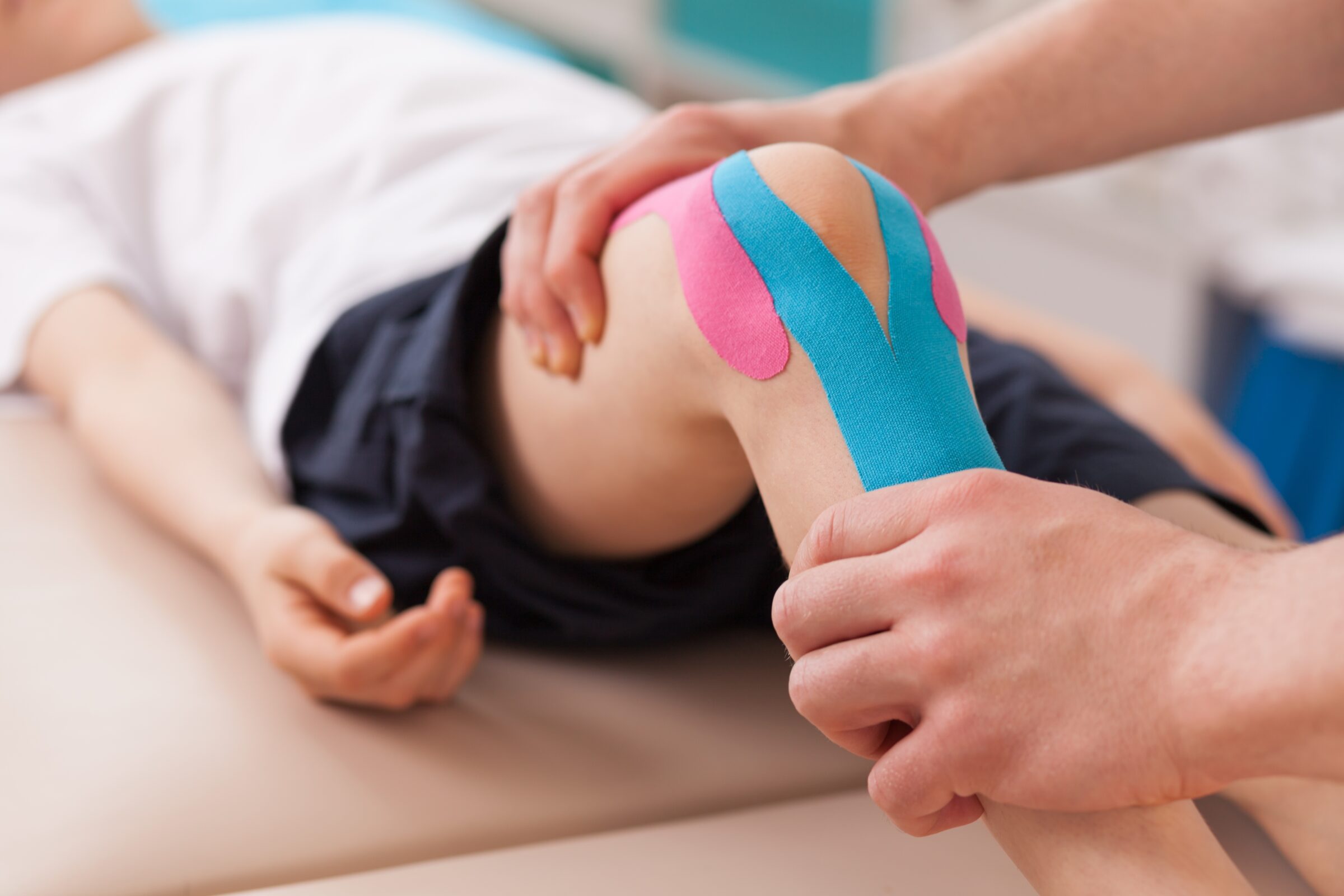
Physical therapy can be effective for managing many injuries and can help avoid more invasive treatments. Read our latest blog to learn more about the benefits.
When it comes to pain management, it’s hard to find a treatment more effective than physical therapy. Whether it concerns sports injuries, accidents, or other physical traumas, this treatment can be more effective than other popular methods at reducing, managing, and treating pain symptoms.
Physical therapy targets the source of pain and then works to strengthen areas surrounding the injury. Techniques such as contrast therapy, electrical stimulation, and stretching treat the injury and can reduce the pain it causes.
The Top 3 Benefits of Physical Therapy
Physical therapy is effective at treating physical injuries and can increase mobility, reduce pain, and improve overall well-being. Common conditions that can benefit from physio include back, neck, and shoulder pain, as well as relieving headaches.
Decrease Reliance on Opioids
Despite their efficacy in pain management, opioids do present addictive risks, with 21-29% of chronic pain prescriptions being misused and -unlike physical therapy- do not get to the route of the problem. Furthermore, opioid addictions and overdoses are at an all-time high, yet this is still widely chosen as a pain management option. For these reasons, opioid use is not a viable long-term solution for pain management.
Enter physical therapy: introducing physical therapy early in the recovery process can reduce patient reliance on opioids by 10%. Furthermore, patients who used opioids in conjunction with physical therapy ended up less reliant on these drugs compared to those who only used opioids.
By working with a physical therapist, patients can not only relieve pain symptoms but can potentially get rid of the problem entirely.
Avoid Surgical Intervention
For some injuries and physical traumas, the risks of surgery may not outweigh the benefits. Surgery often causes more pain after the procedure and a long rehabilitation process, before gradually getting better, leading to intensified suffering for the patient during recovery.
Physical therapy, in many cases, heals injuries just as effectively as surgery, without the same investment, pain, and stress. For example, physical therapy for rotator cuff tears is successful for up to 80% of patients, compared to a 95% success rate for a surgery repairing a small tear and only a 70% success rate for large tears. However, for very severe injuries a combination of both surgery and physical therapy may be the best option. Some other issues that commonly require surgery, but can be healed as effectively with physical therapy include meniscal tears and arthritis.
Recover from Injuries/Physical traumas
Physical therapy can facilitate a faster and more effective recovery from injuries and major physical traumas. In the case of a muscle injury, a physical therapist may prescribe stretching and strengthening exercises to help the muscle heal properly and to make sure that it retains its function after it is completely healed. A therapist may also use hot and cold packs to reduce swelling in the injured area, or ultrasounds to stimulate blood flow to the injured area. All of these techniques help the injury heal quickly and effectively.
With physical therapy, the patient can increase their range of motion, decrease swelling, and strengthen areas surrounding the injury. In turn, this helps alleviate pain in the injured area, while also making it easier and less painful to use the injured area in everyday tasks.
Relieve and Manage Pain With a Non-Invasive Solution
Physical therapy is one of the most effective tools for pain management. When it comes to severe pain, physical therapy can effectively heal the injury while alleviating much of the pain in the process. For low-risk and non-invasive pain management solutions, physical therapy is a great option, but it’s important to have discussions and follow the guidance of professionals throughout your recovery.
For more information on how we can help, chat with our iHealthOX Care Team.
Sources:
https://news.umiamihealth.org/en/can-physical-therapy-help-me-avoid-surgery/
https://dcri.org/physical-therapy-opioids/
https://www.verywellhealth.com/physical-therapy-a2-2549751
https://www.hss.edu/conditions_torn-rotator-cuff-surgery.asp
Recent Posts

